As we step into the year 2024, the landscape of web application development continues to evolve rapidly, driven by technological advancements, changing user expectations, and emerging industry trends. In this article, we’ll explore some of the top trends shaping the world of web application development in 2024.
1. AI and Machine Learning Integration
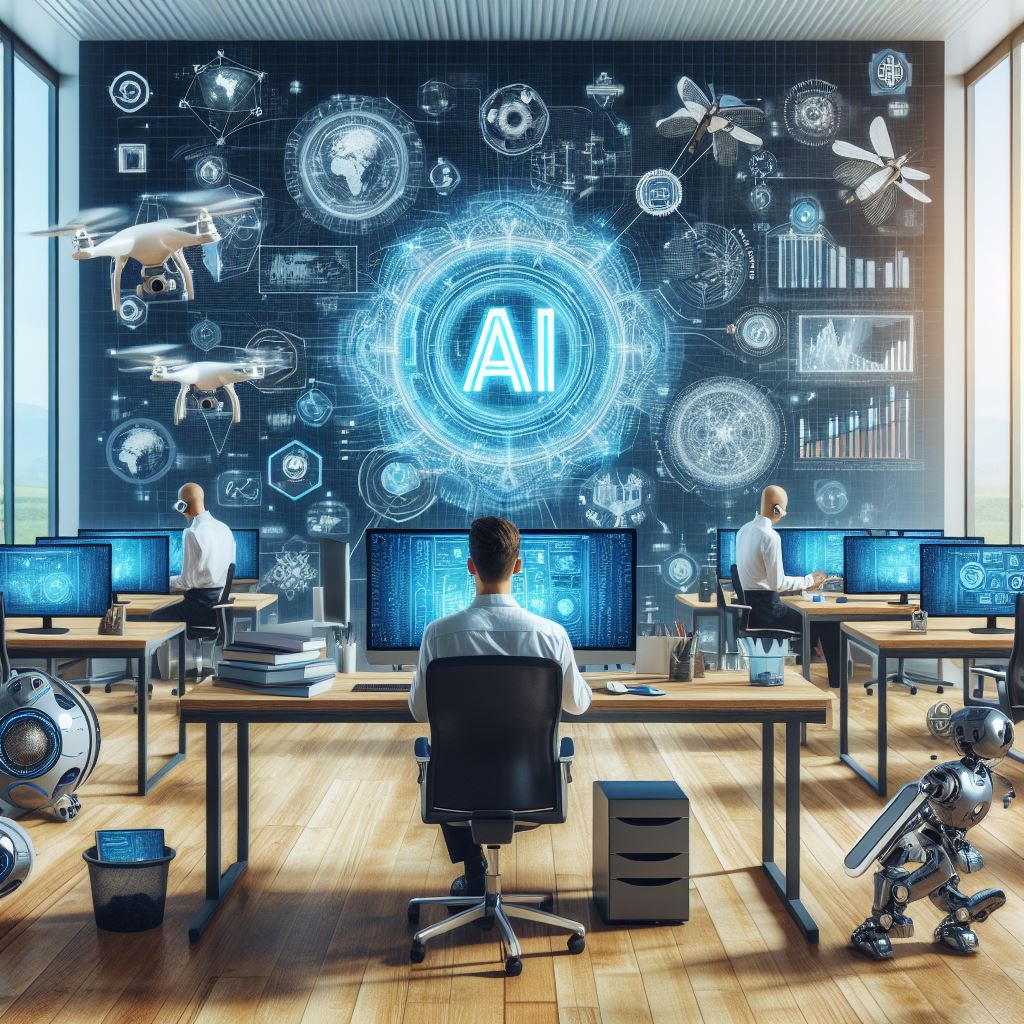
Artificial Intelligence (AI) and Machine Learning (ML) are increasingly being integrated into web applications to enhance user experiences and streamline processes. From personalized recommendations to predictive analytics, AI-powered features are revolutionizing how web applications interact with users and handle data.
2. Voice User Interfaces (VUI)

With the growing popularity of virtual assistants and smart speakers, voice user interfaces are becoming a prominent trend in web application development. Integrating VUI into web applications allows users to interact with the application using natural language commands, providing a hands-free and intuitive experience.
3.Low-Code/No-Code Development:
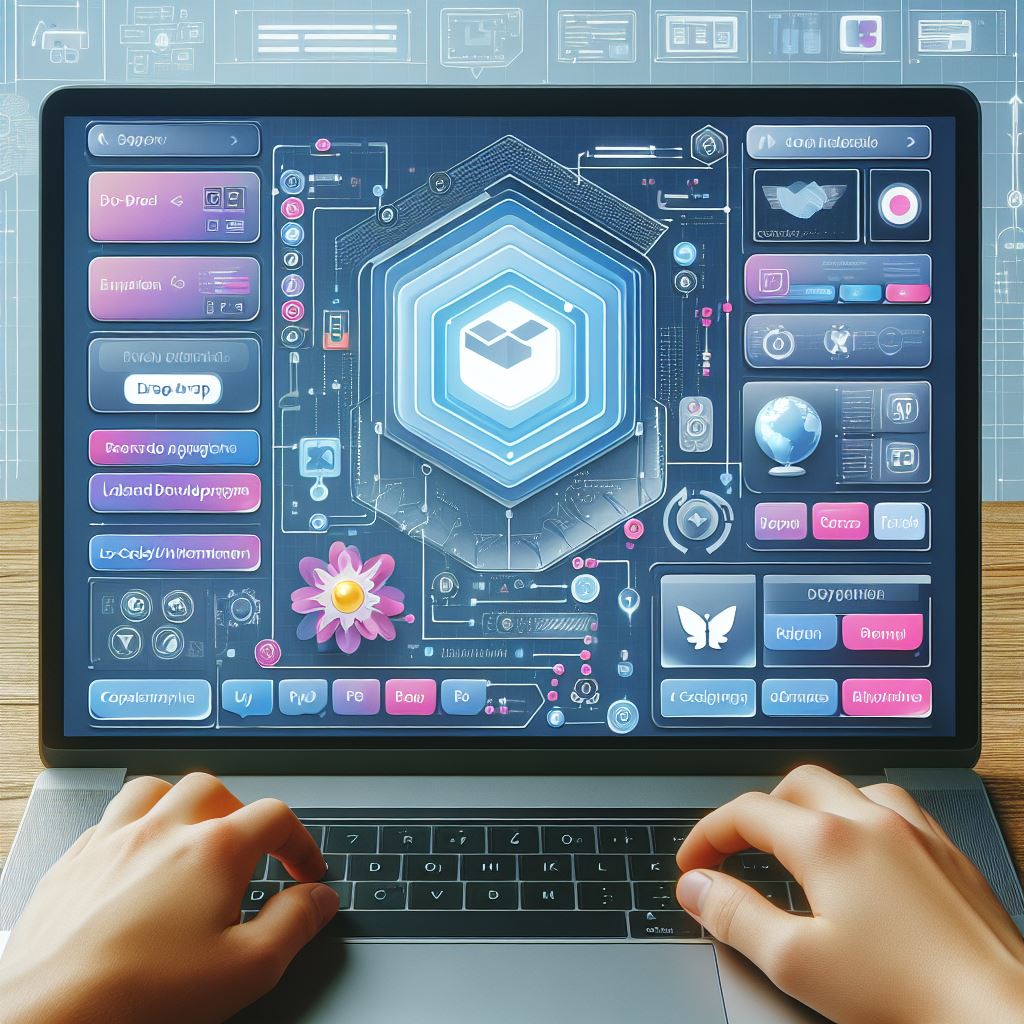
The demand for rapid application development solutions is driving the adoption of low-code/no-code development platforms. These platforms empower users with limited coding experience to create and deploy web applications quickly and efficiently, reducing development time and costs.
To create a Low code website click here
4.Progressive Web Apps (PWAs):
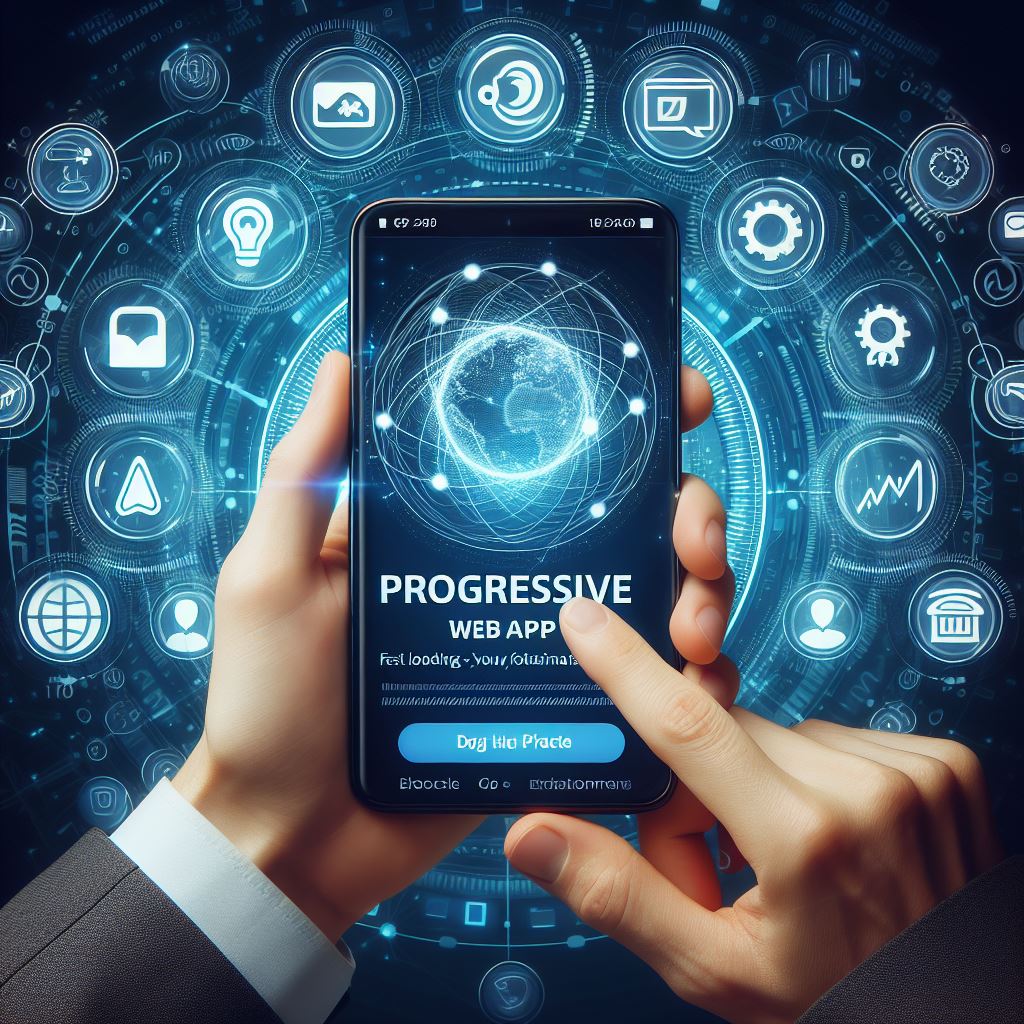
Progressive Web Apps continue to gain momentum as they offer the best of both web and mobile applications. PWAs provide a seamless user experience across devices, offline capabilities, and faster load times, making them an attractive option for businesses looking to deliver high-performing web applications.
5.Blockchain Technology:

Blockchain technology is not limited to cryptocurrencies; it is also finding its way into web application development. Decentralized applications (DApps) built on blockchain offer enhanced security, transparency, and immutability, making them ideal for applications requiring trust and data integrity.
6.Augmented Reality (AR) and Virtual Reality (VR):
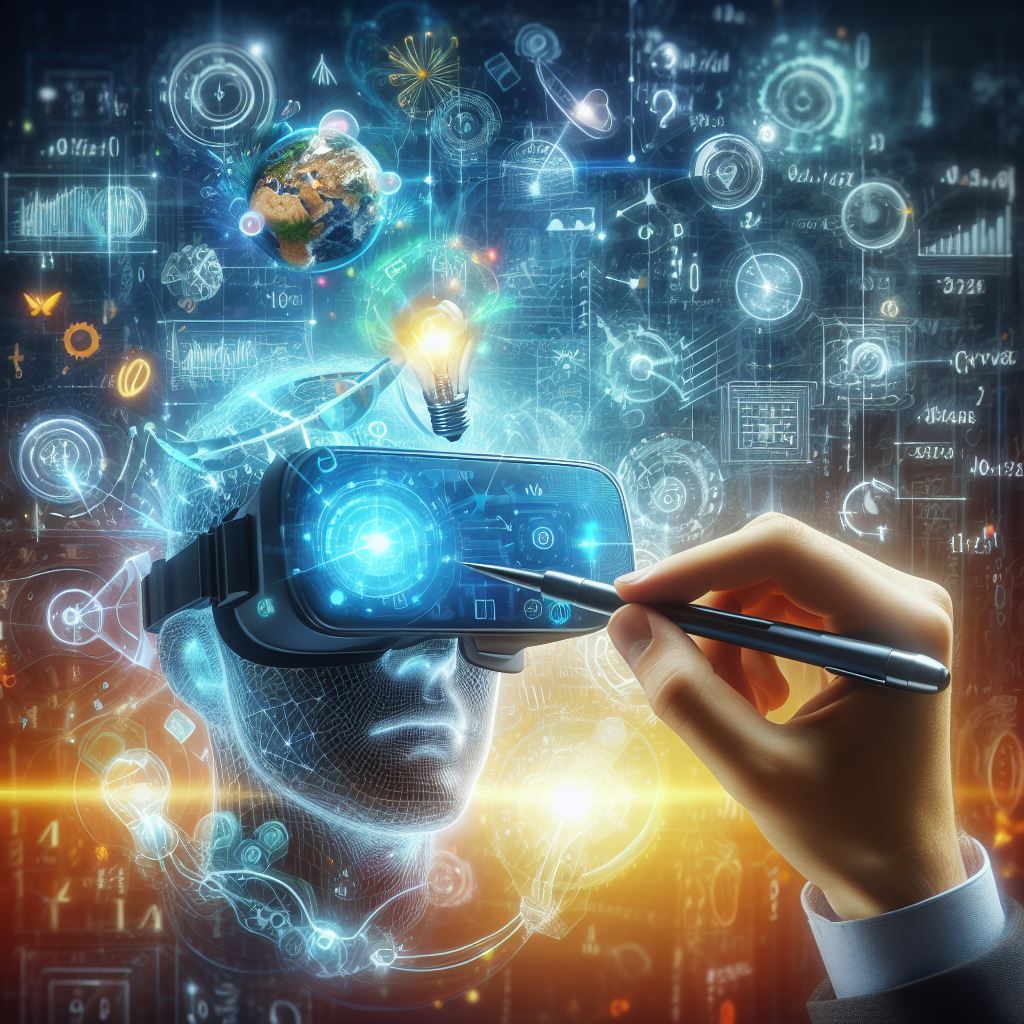
AR and VR technologies are transforming web applications by adding immersive and interactive experiences. From virtual product demos to virtual tours, incorporating AR and VR elements can significantly enhance user engagement and provide a unique user experience.
7.Cybersecurity Enhancements:
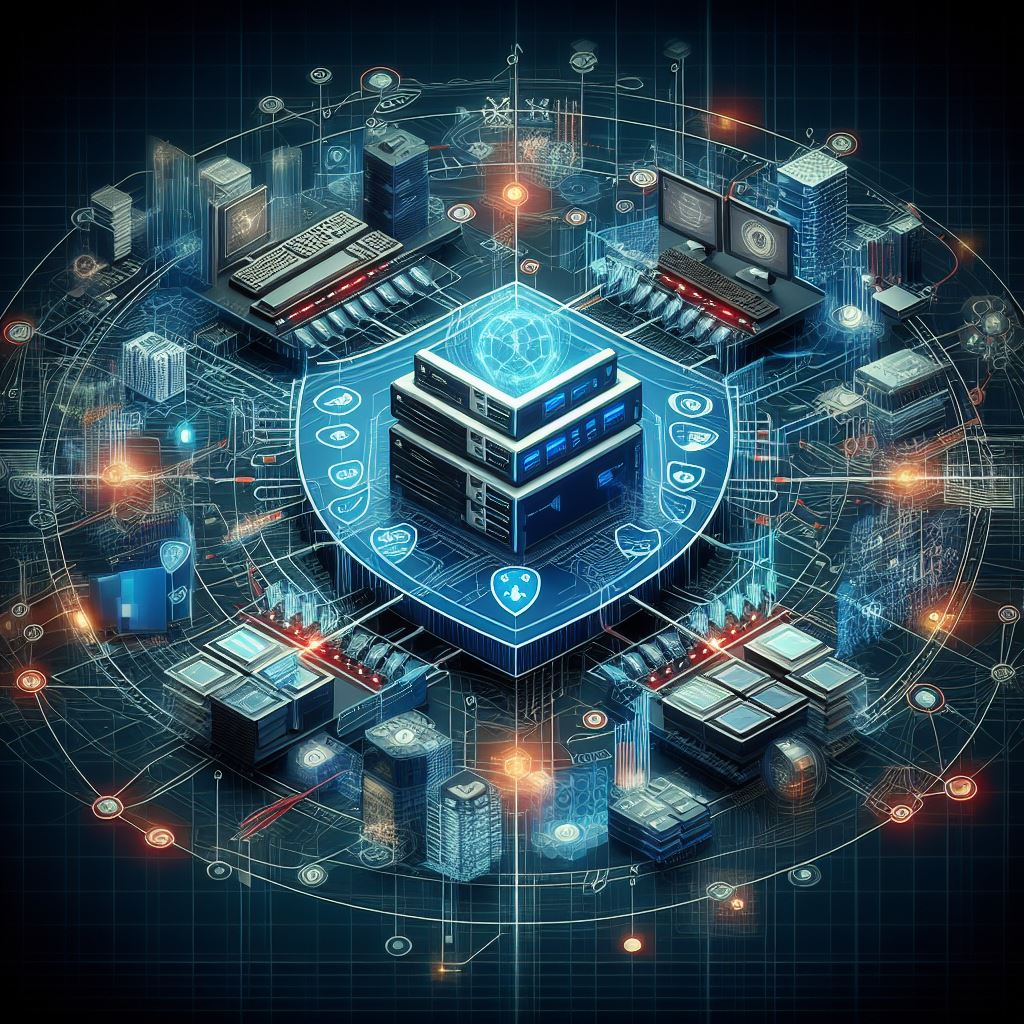
With the increasing frequency and sophistication of cyber threats, cybersecurity has become a top priority for web application developers. Implementing robust security measures such as encryption, multi-factor authentication, and regular security audits is essential to protect sensitive data and safeguard user privacy.
8.Edge Computing:
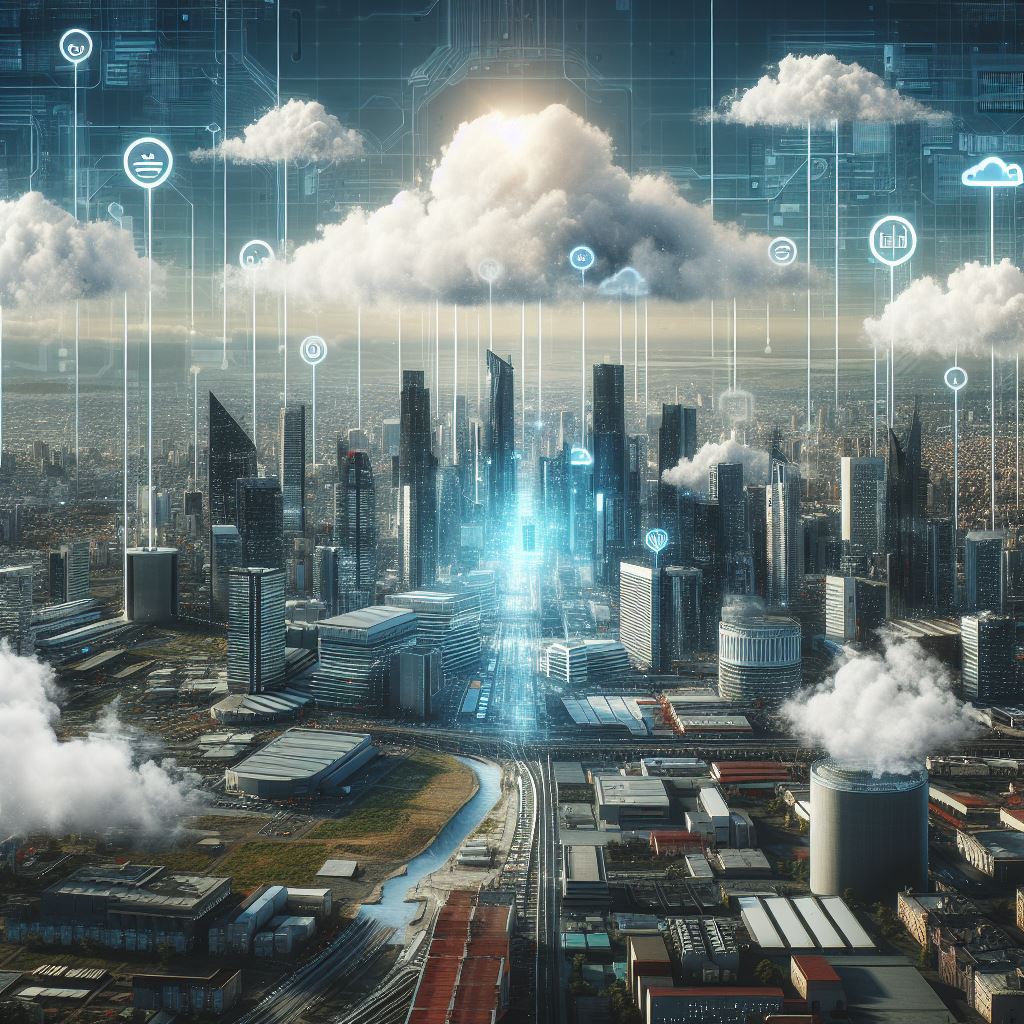
Edge computing is gaining traction as a way to improve the performance and scalability of web applications. By processing data closer to the source, edge computing reduces latency and bandwidth usage, resulting in faster response times and enhanced user experiences, especially for applications requiring real-time interactions.
9.Serverless Architecture:
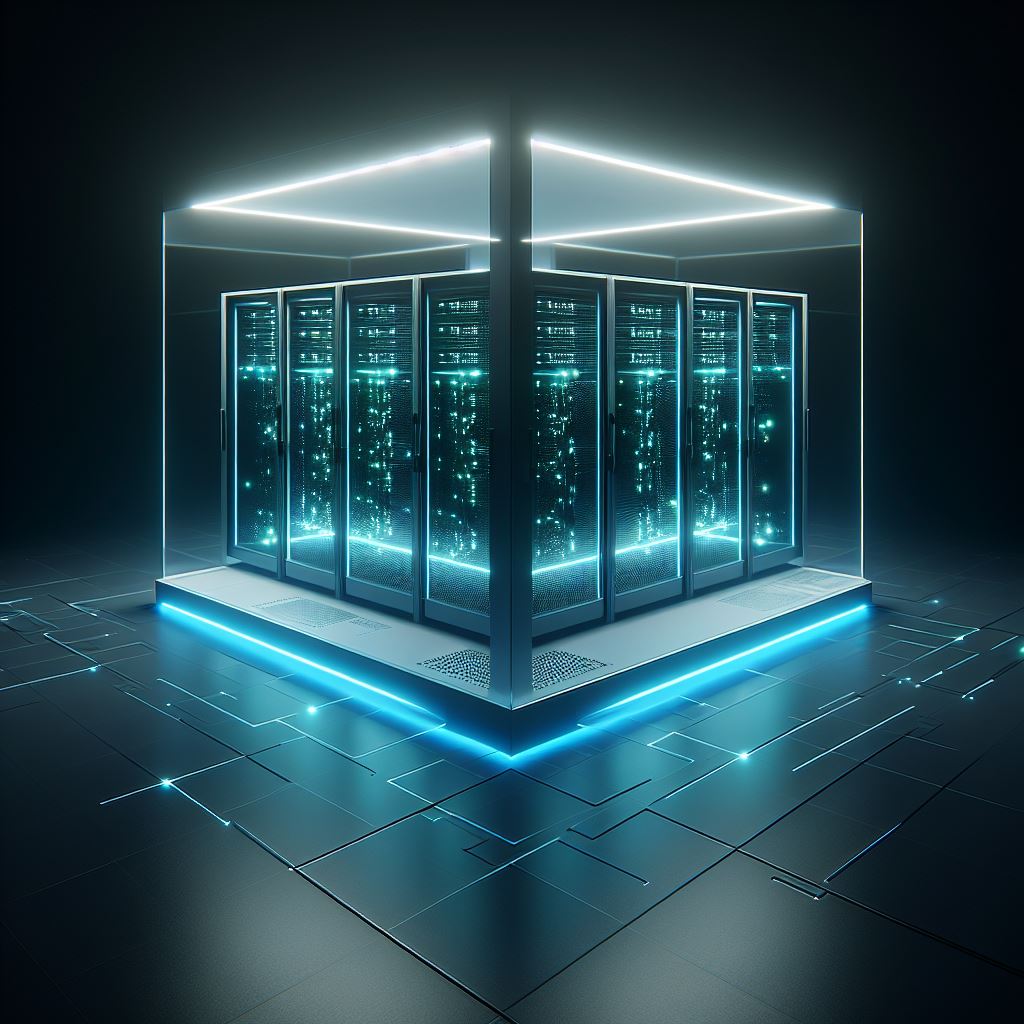
Serverless architecture eliminates the need for managing server infrastructure, allowing developers to focus on writing code and delivering value to users. With serverless computing platforms like AWS Lambda and Google Cloud Functions, developers can build scalable and cost-effective web applications without worrying about server maintenance.
10.Micro Frontends:
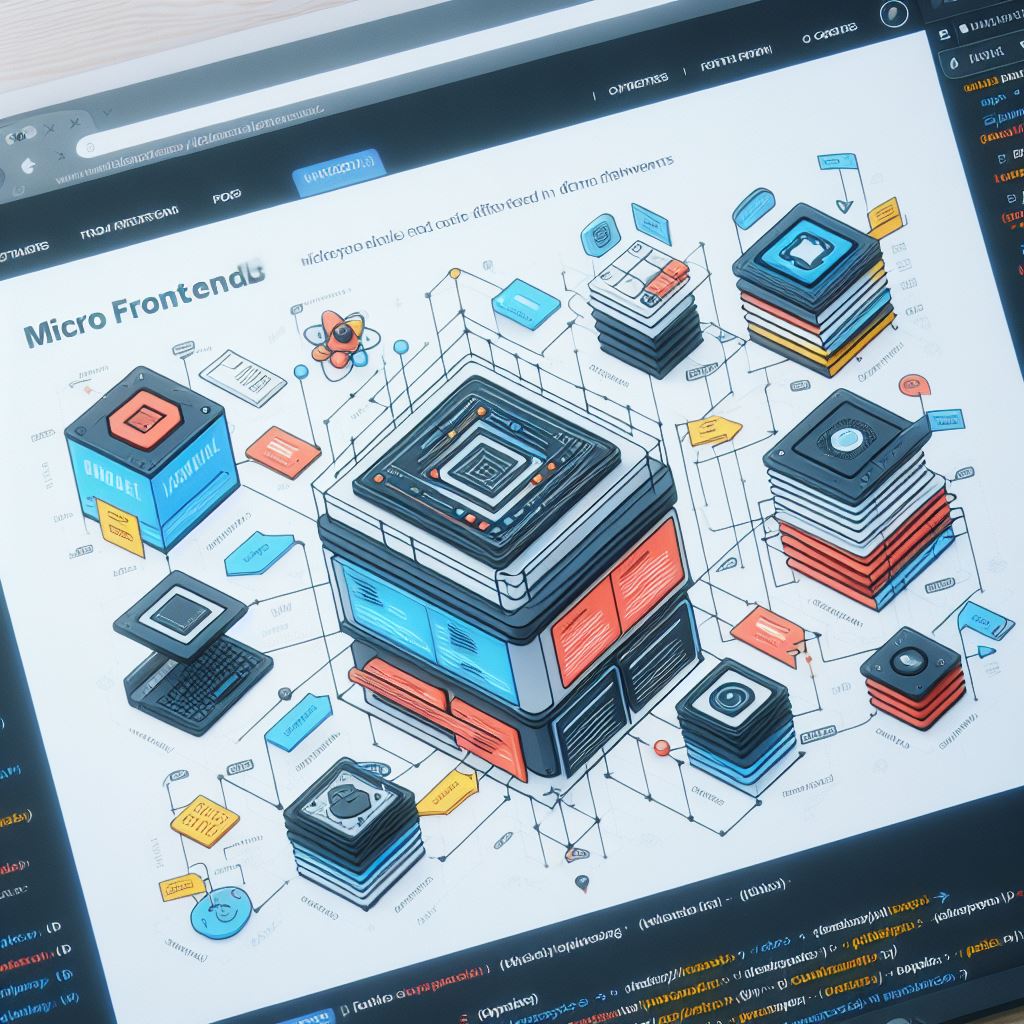
Micro frontends are an architectural approach that breaks down large, monolithic frontend codebases into smaller, more manageable pieces. This modular approach enables teams to work independently on different parts of the frontend, improving productivity, code maintainability, and flexibility in web application development.
In conclusion, the web application development landscape in 2024 is characterized by innovation, agility, and a relentless pursuit of enhancing user experiences. By embracing these top trends and staying ahead of the curve, developers can create web applications that are not only functional and reliable but also immersive, secure, and future-proof.
